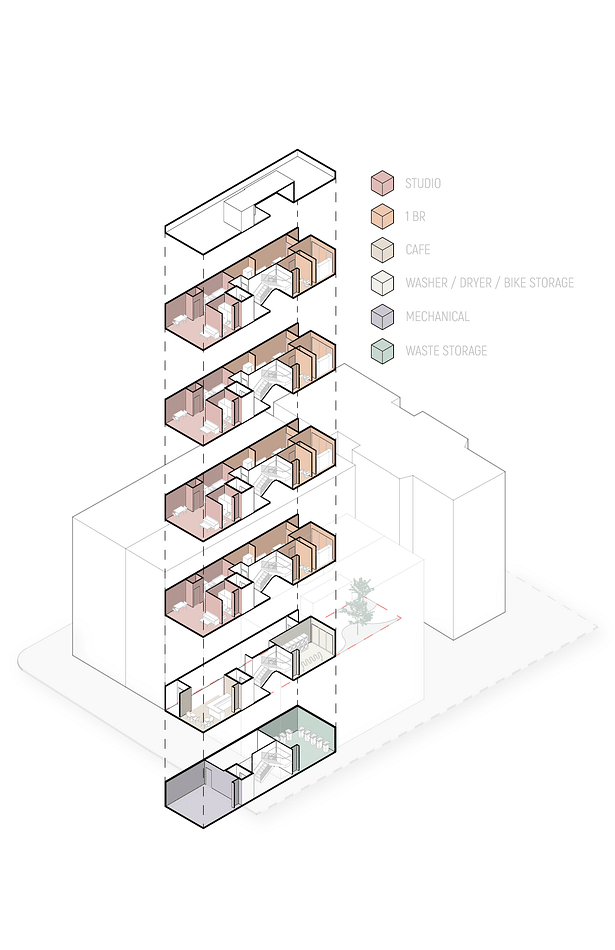

In the heart of Harlem, a pioneering infill housing project is emerging, weaving sustainability into the vibrant fabric of the community. This innovative development seeks to address the pressing urban housing needs while prioritizing environmental responsibility. Nestled amid historic brownstones, the project embraces eco-friendly design principles, incorporating rainwater harvesting systems and mass timber construction to minimize its ecological footprint. In a neighborhood rich with history and culture, this infill housing project is a testament to the possibilities of harmonizing urban development with environmental mindfulness and community empowerment, paving the way for a more sustainable and inclusive future in Harlem.
Status: School Project
Location: New York, NY, US
My Role: Individual Project